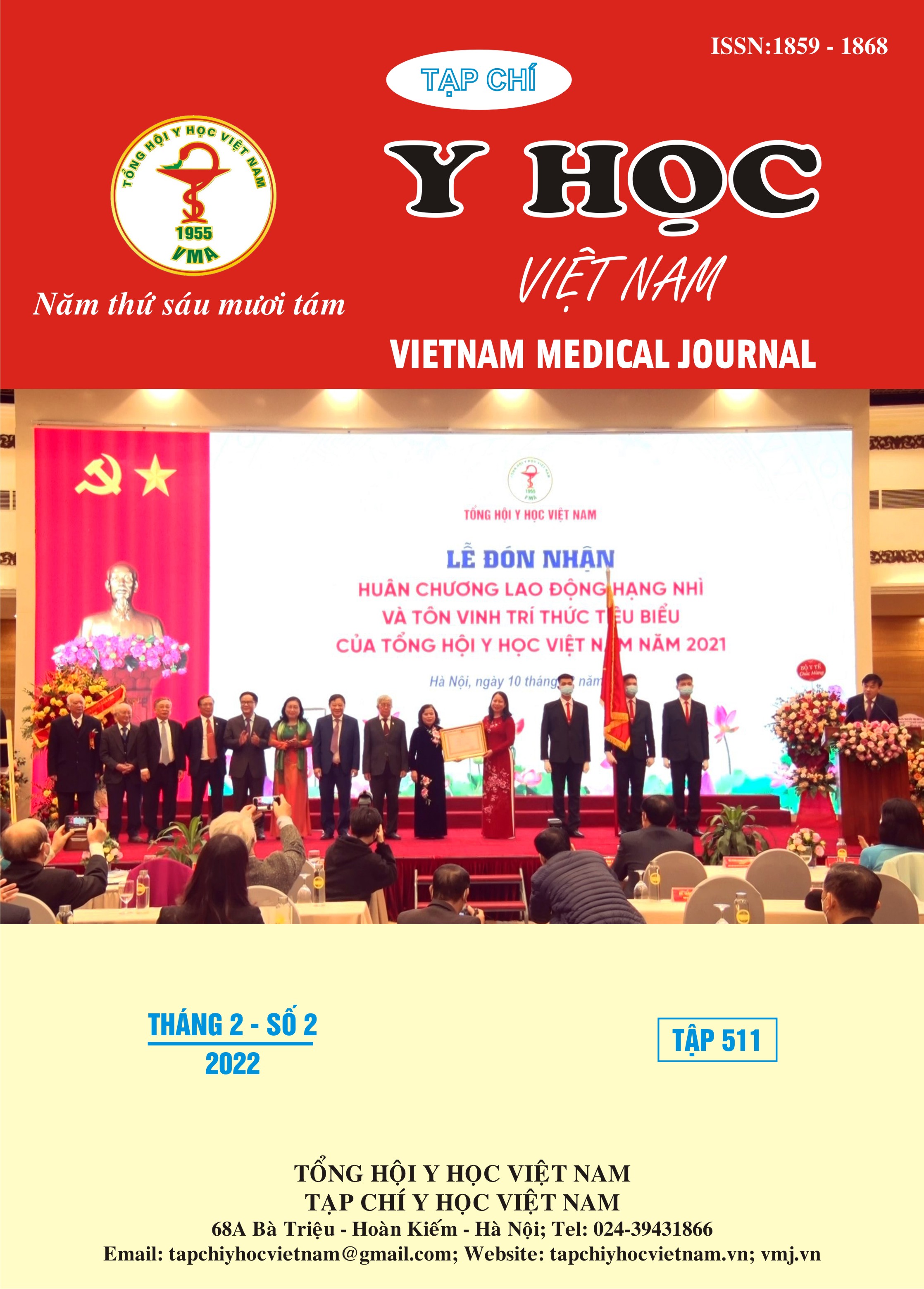INITIAL ASSESSMENT OF THE STATUS OF USING HUANGQI ON INPATIENTS AT CAN THO TRADITIONAL MEDICINE HOSPITAL
Main Article Content
Abstract
Research objective: Initial assessment of the status of using Huangqi on inpatients at Can Tho Traditional Medicine Hospital. Materials and Method: Cross-sectional retrospective study of all inpatient medical records using Huangqi from January 2021 to February 2021 at Can Tho Traditional Medicine Hospital. Results: The average age in the study was 60 ±12,101 (20-89 years old), male accounted for 58.1%, male/ female ratio: 1.38/1. The majority are in middle age (55-64 years old) accounting for 37.6%. The disease is mainly due to the sequelae of stroke accounting for 65.7%, osteoarthritis accounted (17.2%). The main comorbidities were hypertension accounted (75.3%), diabetes type II accounted (21.5%), dyslipidemia accounted (18.3%). The disease according to traditional medicine is impaired mobility accounted (64.5%), Bi syndrome accounted (18.3%). The main treatment method is to change them to cubes accounted (46.2%) and to supplement the five ladders accounted (39.9%). The maximum dose of Huangqi used is 30g with the rate of 51.6%. Conclusions: The initial results of the survey showed that Huangqi appeared mainly in the method of double treatment cubic and Bo Duong Hoan Ngu Thang ancient remedy, which is used in the treatment of diseases such as impaired mobility (stroke sequelae), Bi syndrome (osteoarthritis),… with the main effect of tonic when producing blood and defend externally skin at the same time with a dosage of 10-30g.
Article Details
Keywords
Huangqi, traditional
References
2. Bộ Y tế, Cục khoa học công nghệ và đào tạo (2018), Dược Học Cổ Truyền, Nhà xuất bản Y học, tr. 227 228.
3. Bộ Y tế (2009), Dược Học Cổ Truyền, Nhà xuất bản Y học, tr. 198.
4. Bộ Y tế, Vụ Khoa học và Đào tạo (2009), Phương tễ học, Nhà xuất bản Y học, tr. 46, 78, 108, 140, 150, 151, 154, 158, 159.
5. Võ Văn Chi (2018), Tự điển cây thuốc Việt Nam - Tập 1, Nhà xuất bản Y học, tr. 1109-1010.
6. Quan Thế Dân (2014), “Nghiên cứu tác dụng của bài thuốc Bổ dương hoàn ngũ điều trị đái tháo đường týp 2 có biến chứng thận trong thực nghiệm và trên lâm sàng”, Nghiên cứu sinh, Trường Đại Học Y Hà Nội.
7. Nguyễn Minh Hà (2010), “Nghiên cứu tác dụng điều trị nhồi máu não sau giai đoạn cấp của bài thuốc bổ dương hoàn ngũ thang”, Viện Y học cổ truyền Quân Đội
8. Đỗ Tất Lợi (2018), Những cây thuốc và vị thuốc Việt Nam, Nhà xuất bản Y học, tr. 887-889.


